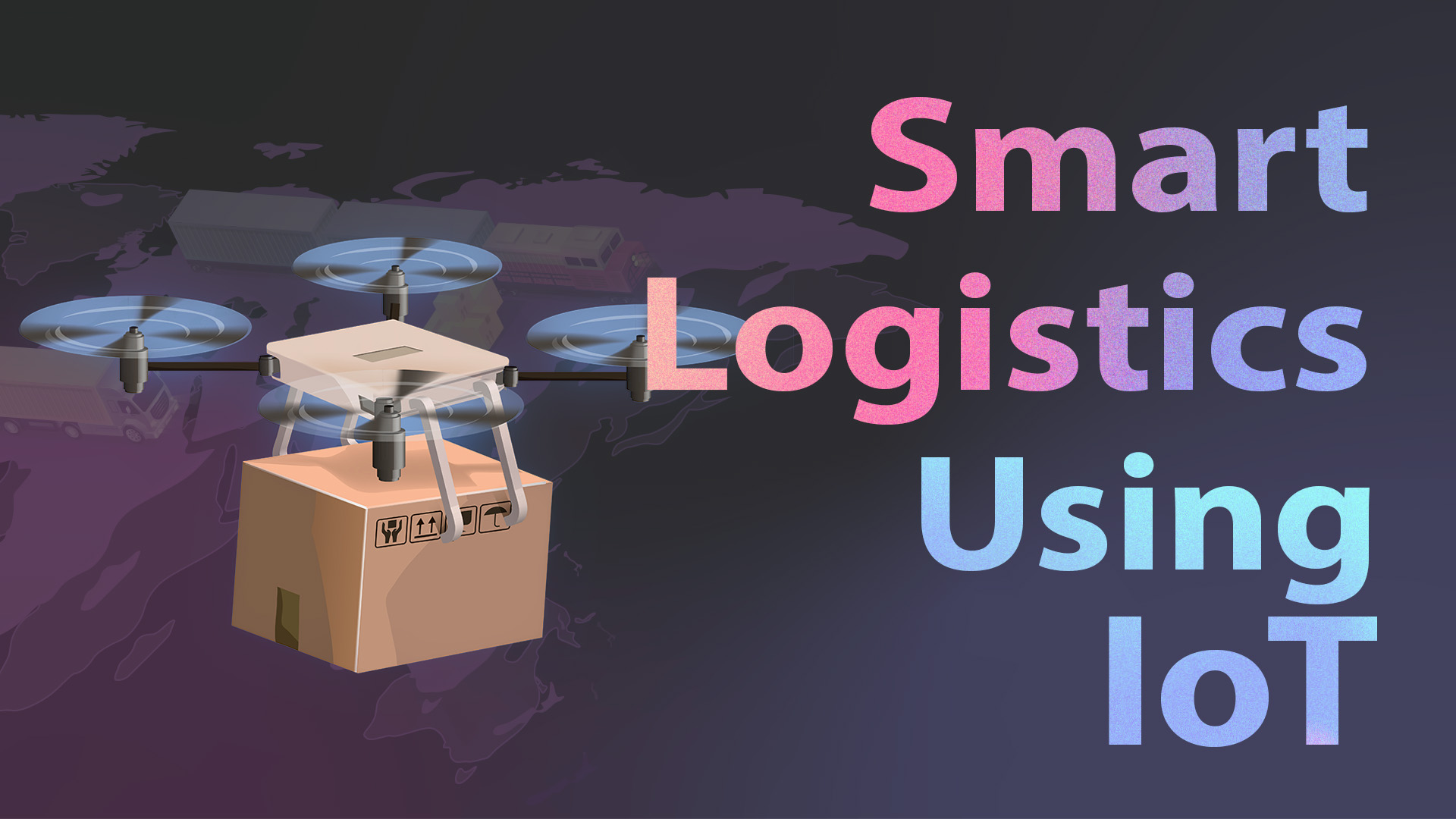Someone has rightly quoted that “What Gets Measured, Gets Improved”, and I think logistics & inventory are things that requires regular updates with the ever-changing nature of user experiences. Since it’s inception, every industry has started regulating its workflow with the application of technological innovations. One very prolific example of this is the the Logistics & Warehouse Industry.
What Gets Measured, Gets Improved
– Anonymous
At this point it’s common knowledge that logistics and warehouse management is a labor-intensive industry. One which faces frequent challenges in keeping optimal workflow, on-time delivery, seasonal demands, order management, etc. However, IoT has been the ray of hope that the warehouse industry needed. One that revolutionized warehouse management by introducing various setups, sensors, and dashboards. As a result, they’re now able to control and monitor proper order and supply management, on-time delivery system, reduce out-of-stock items, and improve customer service.
The Problem
The warehouse and inventory management sectors are very competitive. We all know that consumers’ behaviors constantly change depending upon their needs and wants. Every company is continuously looking for minute optimizations and measures to make their workflow even a single percent faster and more efficient. On the other hand, the traditional supply chains are still unprepared to manage any outliers such as a large volume of small orders. Manufacturers, retailers, warehouses, and logistics providers attempt to modify their supply chains to meet these new needs. Companies are altering their internal procedures, workforce, and technology to match the demands and expectations of demanding consumers due to these new consumer buying behaviors.
Are you a Manufacturer? Is it a battle for you to ensure proper stock availability? Unfortunately, it’s very likely that you may not have implemented the appropriate tactics in your warehouse management procedures.
For example, Amazon, DHL, and Alibaba use the technology to take inventory management to the next level. In this post, you’ll learn how the Internet of Things streamlines inventory management, the challenges faced by the logistics industry at every step, and what the future looks like with the application of IoT.
Current Problems Faced by Inventory Management Networks
The lifeblood of your business is to transport products to customers on time. Therefore, staying on top of the supply chain management will help meet the sales demand and increase revenue. But, despite all these, companies suffer various problems in managing their supply chain effectively. The challenges are mentioned below.
- Insufficient Order Management– Preventing overselling of products and running out of inventory is one of the most prevalent inventory management problems. However, you may not be able to estimate client orders by using historical and seasonal data trends.
- Managing Warehouse Space– Managing space is a daunting task. However, IoT-based inventory management dashboards can help you plan and build warehouse areas to control the timing of new product deliveries.
- Limited Visibility – Incomplete, incorrect, or delayed shipments result when inventory is difficult to identify or locate in the warehouse. Receiving and finding the correct stock is critical to ensuring smooth warehouse operations and excellent customer experiences.
- Inconsistent Tracking– Manual inventory tracking techniques spanning many applications and spreadsheets are inefficient, redundant, and prone to errors. A centralized inventory management system with accounting features can assist even small enterprises.
- Warehouse efficiency- Receiving and putaway, picking, packaging, and shipping is only a few of the steps involved in inventory management controls at the warehouse. The objective is to do all of these duties most efficiently.
An IoT based Smart Robotic Warehouse Management System for Industry 4.0
Over the next couple of years, shoppers can expect faster deliveries, smoother customer journeys, and broader product selections.
Suppose you wonder how IoT is on top in providing and maintaining smart inventory and warehouses. In that case, there are dozens of companies now relying on IoT-based devices to ensure high productivity. While implementing the Internet of things in your company, think of all the possibilities and goals you can accomplish using IoT.
Another option to boost warehouse productivity is to deploy autonomous technologies. For example, automated guided trucks can calculate the fastest route to each aisle without human intervention and restock the goods.
Fact: Amazon employs over 100,000 robot workers in an intelligent warehouse using IoT. Thus using AGVs and mobile robots in warehouses isn’t new.
– Amazon
Smart Robotic Warehouses will maximize space, optimize labor resources and increase order fulfillment rate. The main components of this system will include an autonomous mobile robot, mobile storage rack, picking and replenishment workstation, and an innovative swarm robot control system.
How it works:
When orders are placed, the system automatically sends the signals and directs the mobile robots to the corresponding portable storage rack. The robot carries the mobile storage rack with required items to the picking workstation, and single delivery of a mobile robot can fulfill multiple orders. The pick-put-to-light device illuminates the items to be packed.
This IoT automation will transform from a traditional, labor-intensive, low-technology warehouse to a modern, unmanned, high-technology fulfillment center. It follows the Swarm Intelligence Algorithm, which uses re-slotting optimization, multi-deep storage, and division of robots. The operation simulator also simulates the operation before the system implementation by simply putting the information.
Predictive Analysis to identify potential risks and enhance productivity.
IoT-enabled inventory management provides real-time visibility across warehouses, production facilities, and distribution centers. Adding the quality and data that IoT sensors and devices can provide to conventional inventory management systems helps minimize inventory expenses and reduce errors. In addition, when IoT data is incorporated into ERP systems, it aids in record-keeping and predictive maintenance, ensuring that the best information is available for day-to-day business choices.
Conclusion
Integrating Supply Chains solutions within your warehouses is not a task for the faint of heart. It requires considerable investments both in terms of infrastructure and constant monitoring of your solutions. But the benefits it brings to the table are truly revolutionary; turning an industry which had a reputation for being labor intensive and inefficient into a proper cutting-edge end-to-end managed business.
According GlobeNewsWire, IoT in Warehouse Market has been estimated to be worth USD 17.93 Billion by 2025 growing with a 21.21% CAGR every year. This just shows the rising demand for a better more efficient delivery system, and the one’s who are able to leverage the power of technology will come out to be the winner’s in this race for domination.





